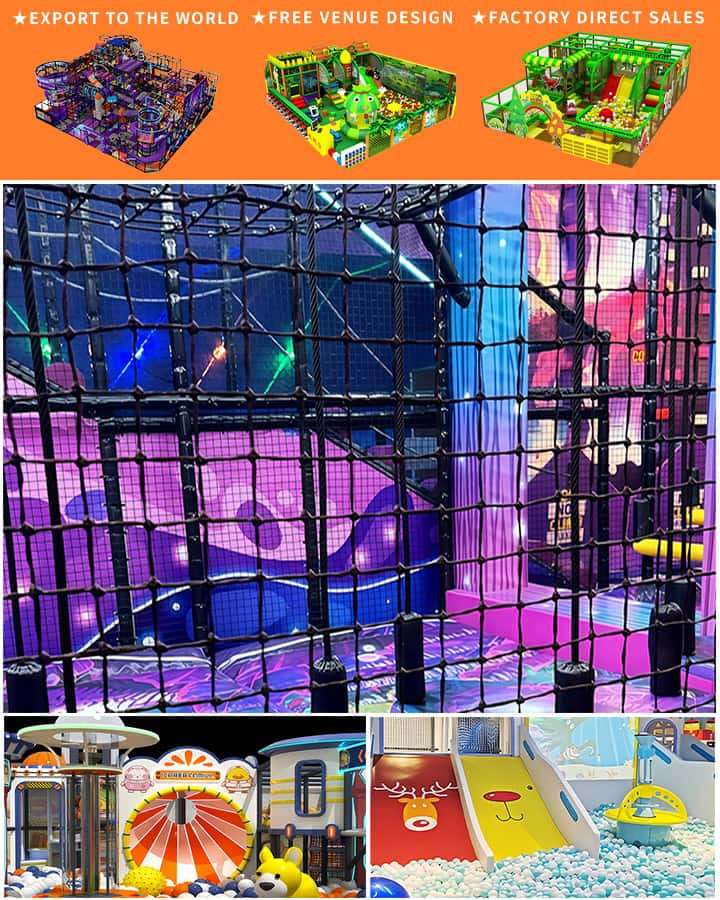In recent years, the demand for well-designed and safe commercial playgrounds has skyrocketed. Parents, caregivers, and community planners are increasingly recognizing the importance of high-quality play environments that cater to children’s developmental needs. Commercial playground equipment used in these settings plays a crucial role in ensuring that children have safe, engaging, and beneficial experiences while playing. This article will delve into various aspects of choosing the right commercial playground equipment, highlighting safety standards, types of equipment, and factors to consider for optimal use.
Safety Standards: The Cornerstone of Trust
One of the paramount concerns when it comes to commercial playground equipment is safety. Ensuring that playgrounds adhere to stringent safety standards is non-negotiable. Reputable manufacturers design their products in compliance with guidelines set by organizations such as the American Society for Testing and Materials (ASTM) and the Consumer Product Safety Commission (CPSC). These standards dictate specifications for materials, structural integrity, and potential hazards such as entrapment, impact, or entanglement.
When selecting commercial playground equipment, verify that it meets these recognized safety standards. Additionally, regular inspections and maintenance are essential to identify any wear and tear that could compromise safety. Proper surfacing material, such as rubber mats or wood fiber mulch, is also critical in cushioning falls and reducing injury risks.
Types of Commercial Playground Equipment
Commercial playground equipment comes in a myriad of types, each designed to promote different aspects of physical and cognitive development in children. Here are some common categories:

Slides: A staple in playgrounds, slides come in various designs and heights. They encourage physical activity and can be themed to stimulate imaginative play.
Swings: Swings are fundamental for developing motor skills and balance. Modern versions include baby swings, traditional belt swings, and adaptive swings for children with disabilities.
Climbing Structures: Whether it’s climbing walls, rope ladders, or jungle gyms, these structures enhance coordination and upper body strength. They also challenge children to overcome physical obstacles, fostering resilience and problem-solving skills.
Spinning Play Equipment: Merry-go-rounds and carousel-like structures offer fun ways to develop motor planning and balance. They also provide sensory stimulation through spinning motion.
Interactive Play Elements: Modern playgrounds often feature interactive elements like musical instruments, water features, and digital games. These components encourage social interaction and cognitive engagement.
Factors to Consider When Choosing Commercial Playground Equipment
Selecting appropriate commercial playground equipment requires careful consideration of several factors to ensure it meets the needs of its users effectively. Here are key aspects to contemplate:
Age Appropriateness: Equipment should be suitable for the age range of the intended users. Younger children require simpler, safer structures, while older kids may benefit from more challenging and complex setups.
Accessibility: Inclusive playgrounds should be accessible to all children, including those with physical disabilities. Features like ramps, transfer stations, and adaptive swings are crucial.
Durability and Maintenance: High-quality materials ensure longevity and reduce the need for frequent repairs and replacements. Weather-resistant materials are particularly important if the playground is exposed to harsh environmental conditions.
Aesthetic Appeal: Engaging colors, themes, and designs can make a playground more inviting and stimulating. Natural elements like logs and boulders can blend seamlessly into the surrounding environment.
Budget: While cost is always a consideration, it should not compromise safety and quality. Investing in durable, well-made equipment upfront can save money in the long run by reducing the need for constant repairs and replacements.
Conclusion
Choosing the right commercial playground equipment is an investment in the well-being and development of children. By adhering to strict safety standards, considering age appropriateness, ensuring accessibility, focusing on durability, and maintaining aesthetic appeal within budget constraints, community planners and parents can create enriching play environments. These spaces not only provide joy and entertainment but also serve as vital tools for physical, social, and cognitive growth, shaping the foundation of healthy, active lifestyles for future generations.




